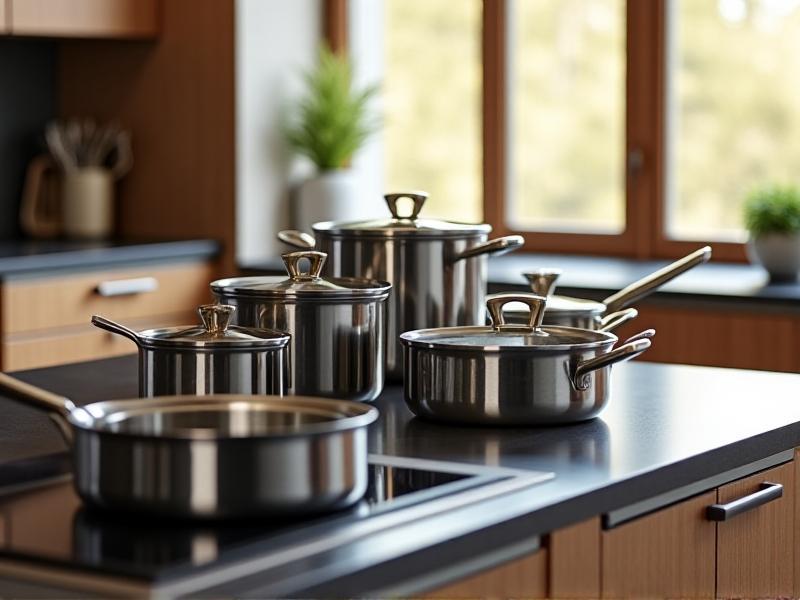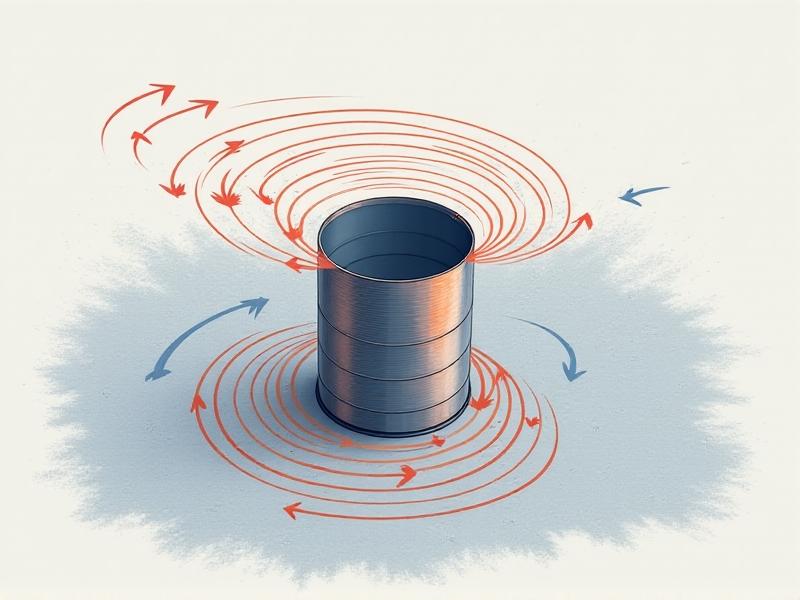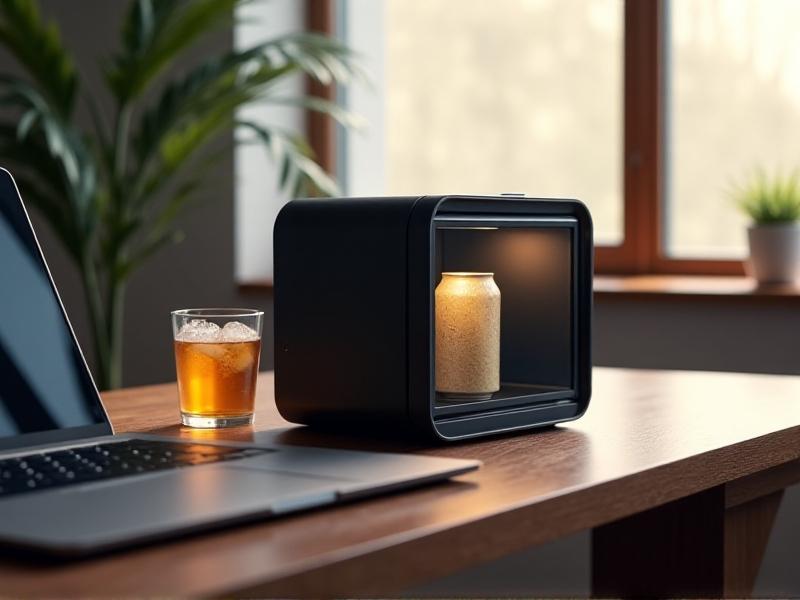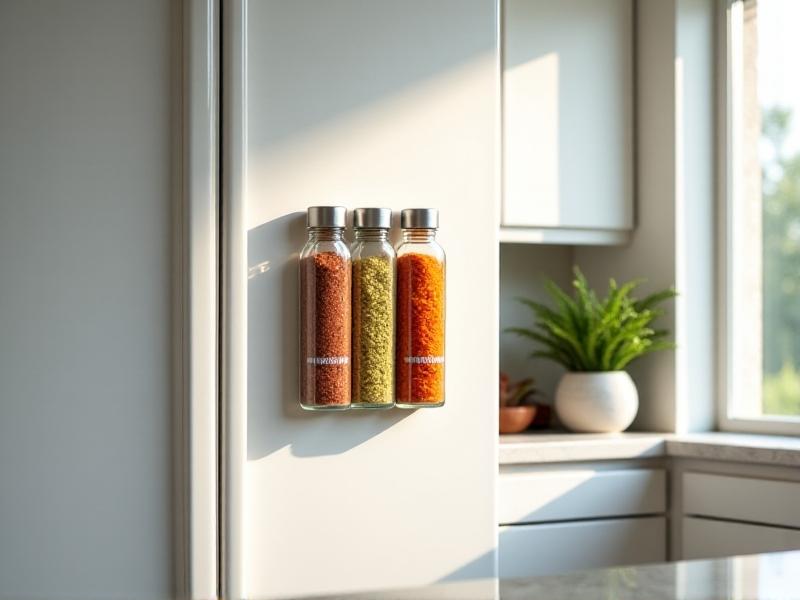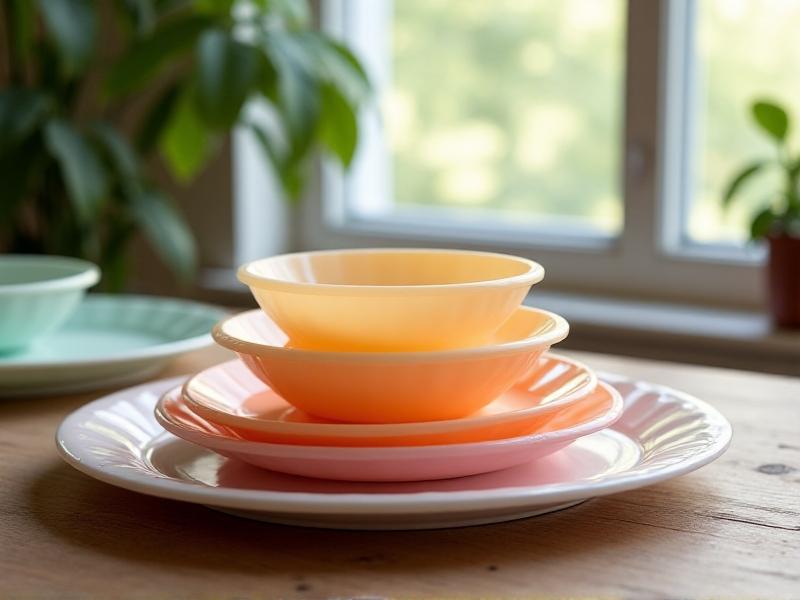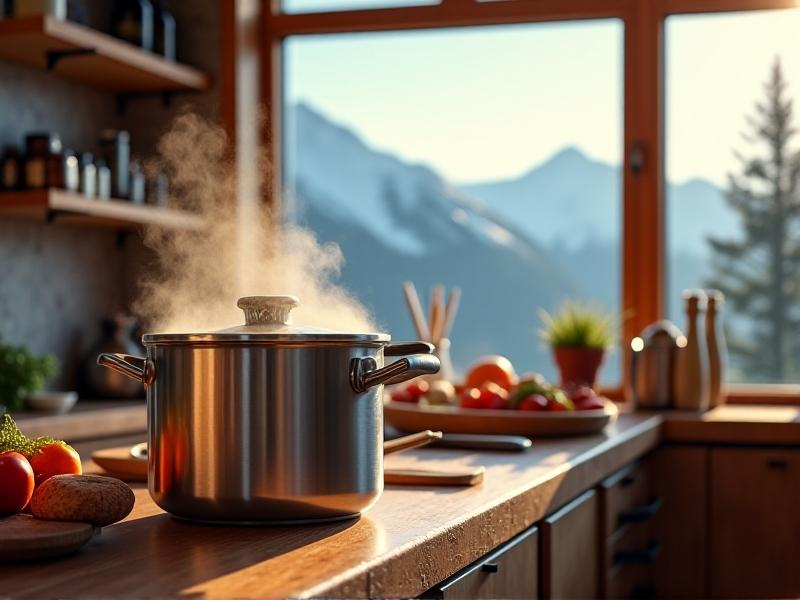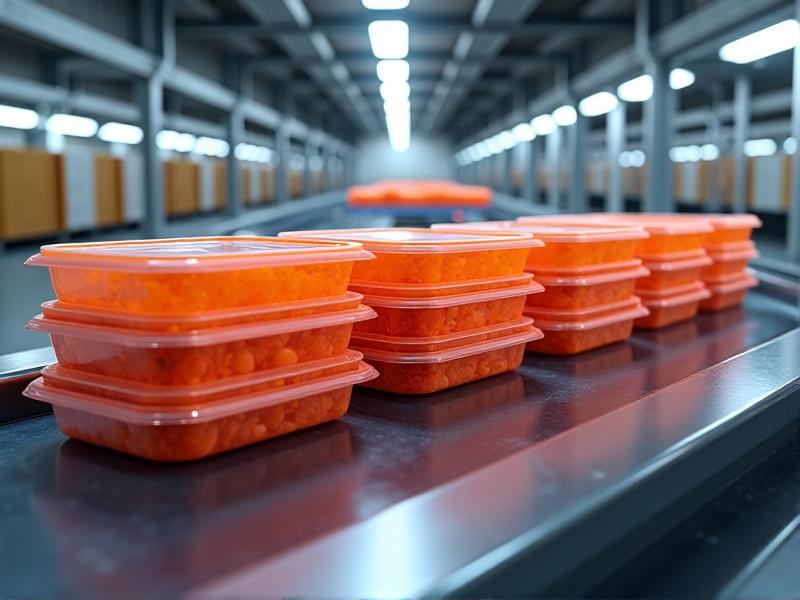Hanging Spice Rack Weight Distribution
Understanding the Physics Behind Hanging Spice Rack Weight Distribution
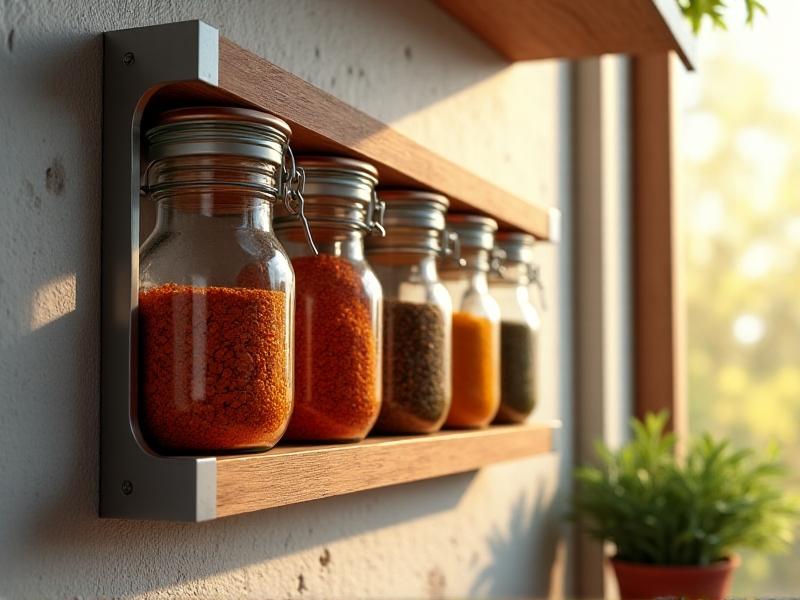
Weight distribution in hanging spice racks is more than just a matter of convenience—it’s a lesson in basic physics. Every rack relies on a delicate balance between the load it carries and the support provided by its mounting hardware. A poorly distributed rack can sag, detach, or even damage the wall. Factors like the number of spice jars, their combined weight, and the positioning of brackets all play critical roles. For instance, glass jars filled with dense spices like whole peppercorns or star anise exert significantly more force than lightweight plastic containers. The center of gravity also matters: racks mounted too high or loaded unevenly shift stress points, increasing the risk of failure.
Choosing Materials for Durability and Load Capacity
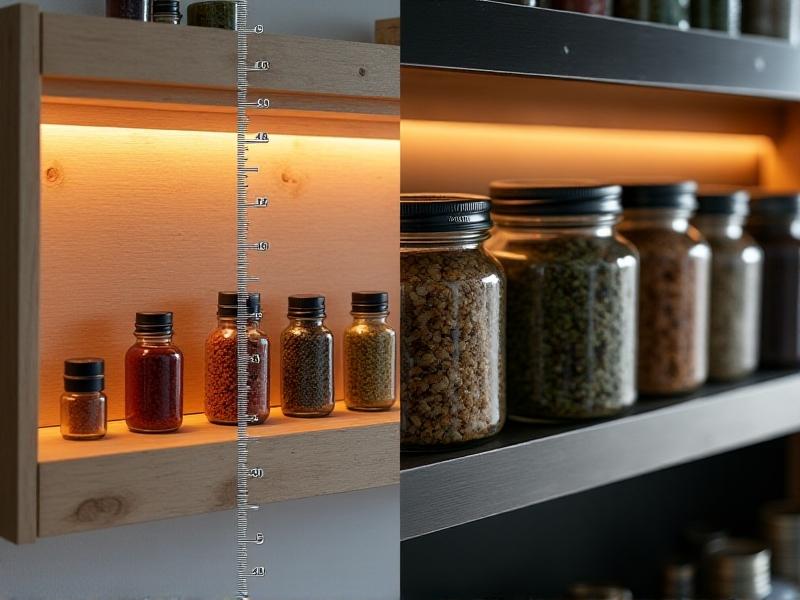
The materials used in your spice rack determine its longevity and safety. Wooden racks, while aesthetically warm, require robust brackets to compensate for their limited tensile strength. Metal frames, especially those made of aluminum or stainless steel, offer superior weight-bearing capabilities but may clash with certain kitchen styles. Wall anchors and screws must align with the rack’s material—wood screws for studs, toggle bolts for drywall. Adhesive hooks might suffice for ultra-light setups but fail under heavier loads. Always check weight ratings: a rack designed for 15 pounds shouldn’t carry 25 pounds of gourmet salts and oils, no matter how stylish it looks.
Design Strategies to Maximize Balance
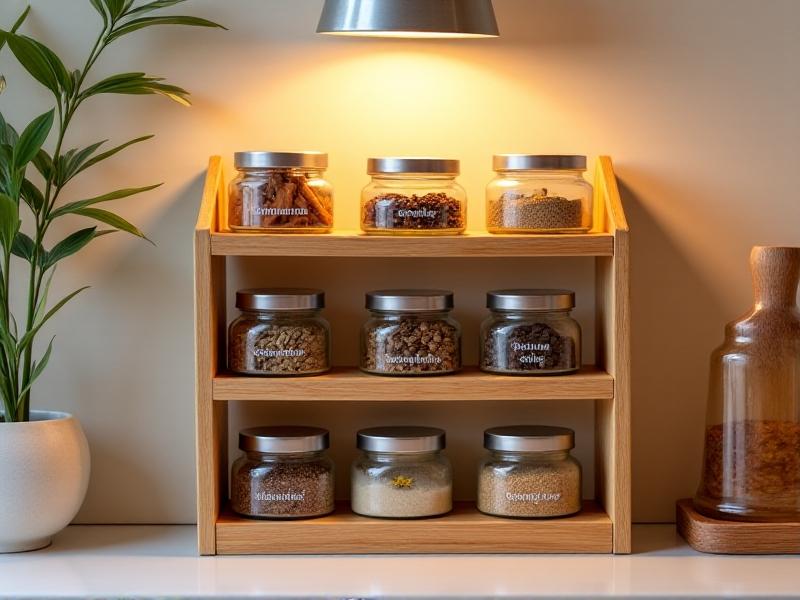
Smart design mitigates weight distribution challenges. Tiered racks distribute weight vertically, reducing lateral strain on mounting points. Symmetrical layouts ensure jars are evenly spaced, preventing one side from bearing disproportionate pressure. For corner installations, L-shaped brackets or interlocking modules help redirect forces. Modular designs also allow users to scale up storage without overloading a single section. Consider depth: shallow racks push jars closer to the wall, improving stability, while deeper shelves risk sagging. Test prototypes with sand-filled containers before finalizing—this reveals stress points invisible during empty rack inspections.
Installation Techniques for Different Wall Types
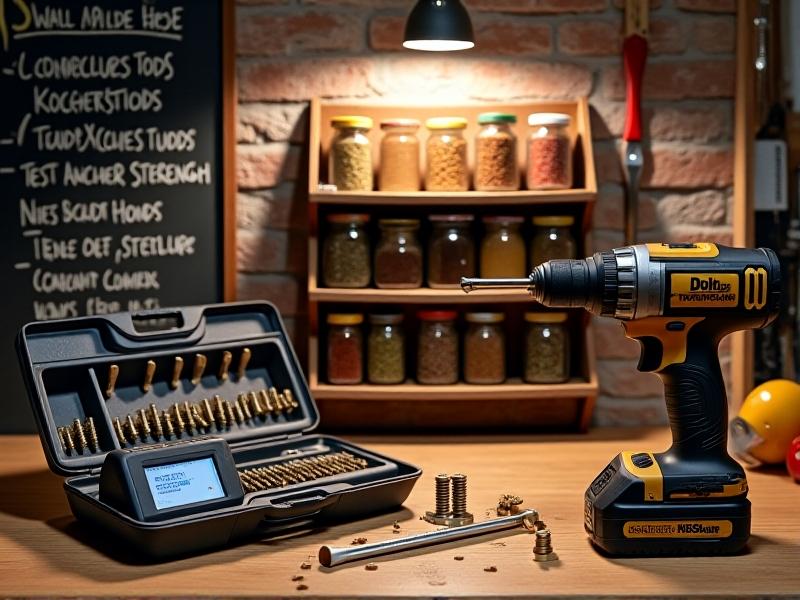
No two walls handle weight the same way. Drywall demands anchors or toggle bolts for secure mounting, while plaster walls require careful drilling to avoid cracks. Brick or concrete surfaces call for masonry screws and a hammer drill. Always locate studs—they’re the gold standard for heavy loads. Use a level during installation; even a slight tilt multiplies stress over time. For renters or temporary setups, tension rods between cabinets offer non-invasive alternatives. After mounting, conduct a pull test: apply gradual downward pressure to ensure brackets don’t shift. Remember, proper installation isn’t a one-time task—seasonal humidity changes can loosen hardware.
Real-World Failures and Lessons Learned
Jane’s rustic cedar rack seemed perfect—until it crashed mid-dinner prep. Post-mortem analysis revealed undersized brackets and overloaded upper shelves. Similarly, a viral TikTok DIY hack using command strips led to a cumin avalanche for thousands of viewers. These incidents underscore universal truths: aesthetics shouldn’t trump engineering, and viral trends often skip safety checks. Another common pitfall? Assuming all walls are created equal. Mark learned this when his downtown loft’s concrete walls snapped standard drill bits, delaying his herb organizer project by weeks.
Innovative Solutions for Challenging Spaces
Small kitchens demand creativity. Magnetic racks attach to appliances or backsplashes, utilizing vertical real estate without drilling. Retractable racks slide into cavities between cabinets, appearing only when needed. For mobile solutions, carts with integrated spice drawers offer flexibility but require wide wheelbases to prevent tipping. Under-cabinet mounts free up counter space but need frequent access checks—no one wants to dislocate a shoulder reaching for saffron. One Airbnb host swears by ceiling-mounted pulley systems, though they require regular balance adjustments as inventory changes.
Maintaining Your Rack’s Integrity Over Time
Regular maintenance prevents disasters. Dust buildup seems harmless but adds cumulative weight—wipe shelves quarterly. Inspect brackets for rust or warping, especially in humid climates. Rotate stock to avoid leaving heavy jars in one spot for months. If adding new spices exceeds your rack’s capacity, upgrade incrementally: install supplementary brackets before expanding. Seasonal temperature shifts cause materials to expand and contract; a winter check ensures screws haven’t loosened. For heirloom racks, consult restoration experts—antique joints may need specialized reinforcement to handle modern kitchen demands.
